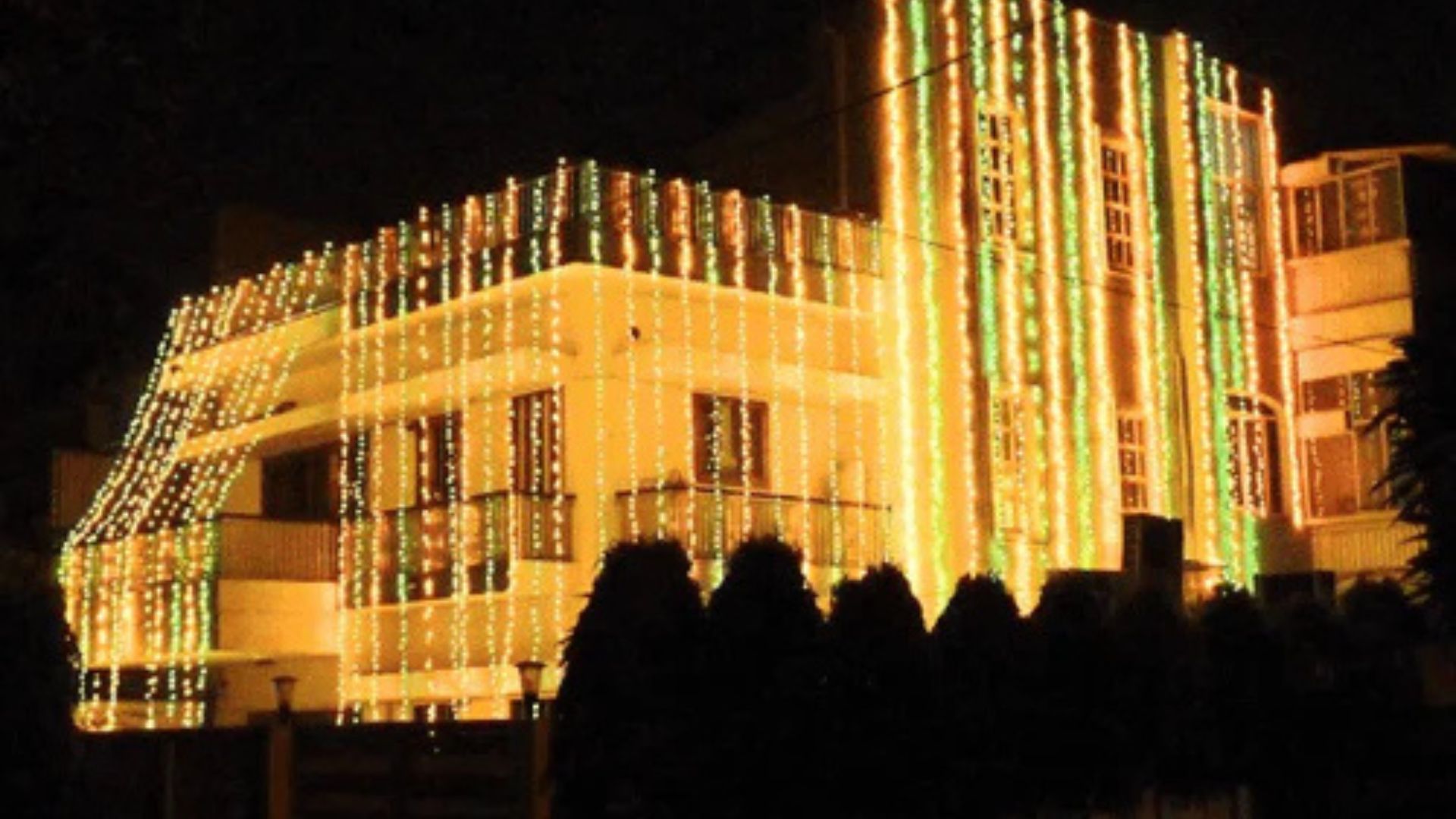Consumers are opting for Indian decorative lights, resulting in a significant increase in demand in local markets.
New Delhi: This Diwali, there is a noticeable shift in consumer preference, with most people opting for Indian-made lights to decorate their homes. As a result, the light market in Sadar Bazar, Delhi, is now flooded with Indian lights, and shops selling these lights are seeing a surge in buyers. In contrast, stores offering Chinese-made lights are attracting fewer customers. The demand for Indian-made decorative lights has surpassed that of Chinese lights, which had dominated the market for several years. This trend is a significant boost to Prime Minister Narendra Modi’s “Make in India” campaign, which promotes the purchase and use of domestically produced goods.
This year, popular items include diamond-shaped LEDs, LED strips, lights shaped like traditional diyas, pipe light strings, battery-operated diya lights, LED chandeliers, flower lights, special golden lights for temple decorations, and LED ‘kalash’ lights.
“The fancy lights from Indian companies are easy to maintain, long-lasting, and can be reused in the coming years,” said Upender Kumar, a customer at Sadar Bazar.
“Customers now ask whether the lights are Indian-made or Chinese before making a purchase,” said Dharmendra, a shopkeeper in Sadar Bazar who has been in the business for 15 years.
“Due to customer demand, we’ve replaced Chinese lights with Indian ones. Customers prefer Indian lights, so we’ve stopped stocking Chinese products,” he added.
The market, which has around 100 shops, now sees only about 10% stocking of Chinese lights. Street vendors exclusively sell Indian lights. Arvind Kumar, a street vendor, explained that the durability and competitive pricing of locally made lights have boosted their sales. Previously, Indian lights were more expensive compared to Chinese ones, giving the latter an edge. However, with the improved durability of Indian lights, customers now opt for them, as they no longer need to replace them each year. In contrast, customers report that Chinese lights are not as durable.
The prices for Indian-made lights start as low as Rs 120 per piece. These lights are produced by Indian companies at local manufacturing units in areas such as Bawana in Delhi, Hapur in Uttar Pradesh, Ghaziabad, and other prominent industrial regions across the country. However, the scenario is different when it comes to fancy decorative lights. A few shops in the market also sell luxury lights, many of which are still imported from international markets, including China. Despite the presence of a wide variety of imported Chinese lights this year, customers are opting for Indian-made decorative lights because they are more durable and require less maintenance. Manoj, a shop owner, noted that while urban customers prefer Indian lights, those from rural areas continue to buy Chinese light strips and decorative items due to their lower cost.
With the ban on firecrackers in place in the national capital, many consumers are choosing sound bombs as an alternative. These sound bombs create noise without harming the environment, providing a greener way to celebrate Diwali. “This alternative has allowed us to enjoy a greener Diwali with firecrackers this year,” said Akash, a college student who visited Sadar Bazar to buy them. Manjot Singh added, “Though they are slightly more expensive than traditional firecrackers, they are a great option considering the current pollution situation this Diwali.”
Not only colourful lights but also locally made handicrafts, decorative items, and idols of gods and goddesses are gaining popularity. Embracing the “vocal for local” movement, customers are increasingly choosing locally manufactured products for their celebrations. Handmade candles in various shapes and sizes are also in high demand, with shops selling them for Rs 200-300 per kg. “People are also asking for colourful and scented candles,” said Dhanraj Kumar, a cart vendor in Sadar Bazar. Despite the growing interest in new items, traditional earthen diyas remain a favourite.
“We prefer to celebrate the festival in a traditional way. Diyas give the festival an authentic feel,” said Manju Kumari, a customer out for Diwali shopping.
The “Make in India” initiative seeks to encourage local manufacturing and strengthen India’s economy by promoting self-reliance across various sectors. The rising popularity of Indian-made lights highlights a broader trend of supporting local industries and reducing reliance on imports, particularly from China. This change not only benefits the Indian economy but also boosts small and medium-sized businesses, artisans, and manufacturers by creating more jobs and fostering innovation. This shift marks a significant success for the government’s efforts to promote Indian products on a global platform.

